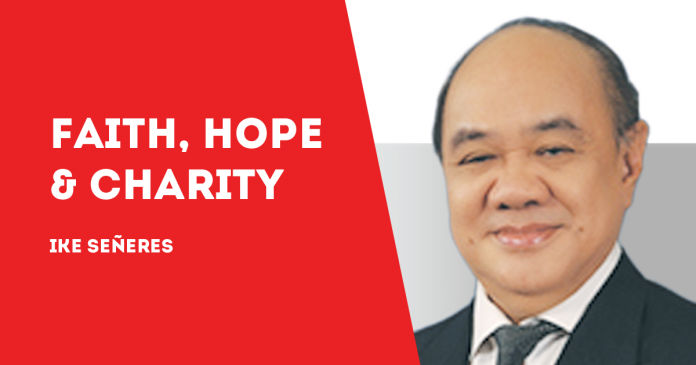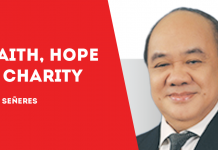
WAY BACK during the Ramos Administration, there was a Science & Technology Coordinating Council (STCC) that was separate from, and other than the National Information Technology Council (NITC), the latter being the highest policy making body for Information and Communications Technology (ICT) at that time.
Also at the time, there was a generally accepted legal fiction that ICT was a subset of Science & Technology (S&T), and rightly so.
At that time however, there was a fair assumption that although ICT was just a derivative of S&T, it has emerged as a separate policy concern by itself, and therefore it had to be given separate attention by a specialized council.
Moving fast forward to the present times, the STCC is already defunct, and its functions have presumably been subsumed by the Department of Science & Technology (DOST).
The NITC is also already defunct, and after going through a series of reconstitutions, its functions are presumed to have been subsumed by the Information & Communications Technology Office (ICTO), an agency that has also absorbed the functions of the National Computer Center (NCC).
Either by design or by consequence, the ICTO has been placed under the supervision of the DOST, and that being the case, the legal fiction seems to have been revived, that ICT is a subset of S&T.
Also either by design or consequence, the consultative characters of the STCC and the NITC are no longer present, because both the DOST and the ICTO are not interagency bodies, being able to function on their own without the participation of other government agencies, the private sector and the civil society.
As I recall, the STCC had practically become the advisory council of the DOST, while the NITC had also practically become the advisory council of the NCC. Since I represented the Department of Foreign Affairs (DFA) in both councils, I could rightfully say that somehow, one way or the other, we have lost the value of the participation of the private sector and the civil society in the processes of consultations.
Somehow, one way or the other, we also seemed to have lost the political will to achieve the convergence of all the technologies that are related to both information technologies and communication technologies, one way or the other.
Meanwhile, what used to be the National Computer Board (NCB) of Singapore had morphed into the Infocomm Development Authority (IDA), a national agency that has successfully converged not just information technologies and communication technologies, but also film and music, among others. Back here, the National Telecommunications Commission (NTC) remains independent of the ICTO.
Although the legal fiction that ICT is a subset of S&T is still valid, it could also be argued that the former has become the enabler of the former and much more than that, it seems that nowadays, S&T could not even grow or survive without the utilization of ICT.
In theory, there is always a technological solution to every national problem. No one in his right mind would go against that theory, but as we already know it now, that theory is even stronger now, more so that any technological solution could now be enhanced or empowered by ICT. That was actually true before, but that is even more possible now, with the availability of newer and better information technologies and communication technologies.
Setting aside the legal fiction that ICT is merely a subset of S&T, it would perhaps be better to say that ICT could be used as an instrument of S&T, for the purpose of solving each and every national problem.
To cite an example, I have no doubt in my mind that S&T on its own could be utilized to solve the traffic problem, but certainly it could be solved better and faster if ICT is also deployed.
To be more specific, S&T could be used to engineer or re-engineer the roads and bridges, but even as we speak, there are already so many ICT related tools that could already be used, such as Waze, Google Maps, Google Earth and Google Street View, among others.
Looking into the pollution problem, there are so many variants of environmentally related S&T solutions that could be used, but aside from those, there are sensors that could be installed to monitor and report air, water and soil pollution, but also noise pollution.
Simply put, sensors are part of the so-called “Internet of Things” (IOT), little devices that could gather bits of data from everywhere, ultimately uploading all kinds of data sets into the internet cloud, where it will eventually become part of Big Data, and further down will become the raw materials for the conduct of data analytics, an exercise that will ultimately result in Business Intelligence (BI)./PN

